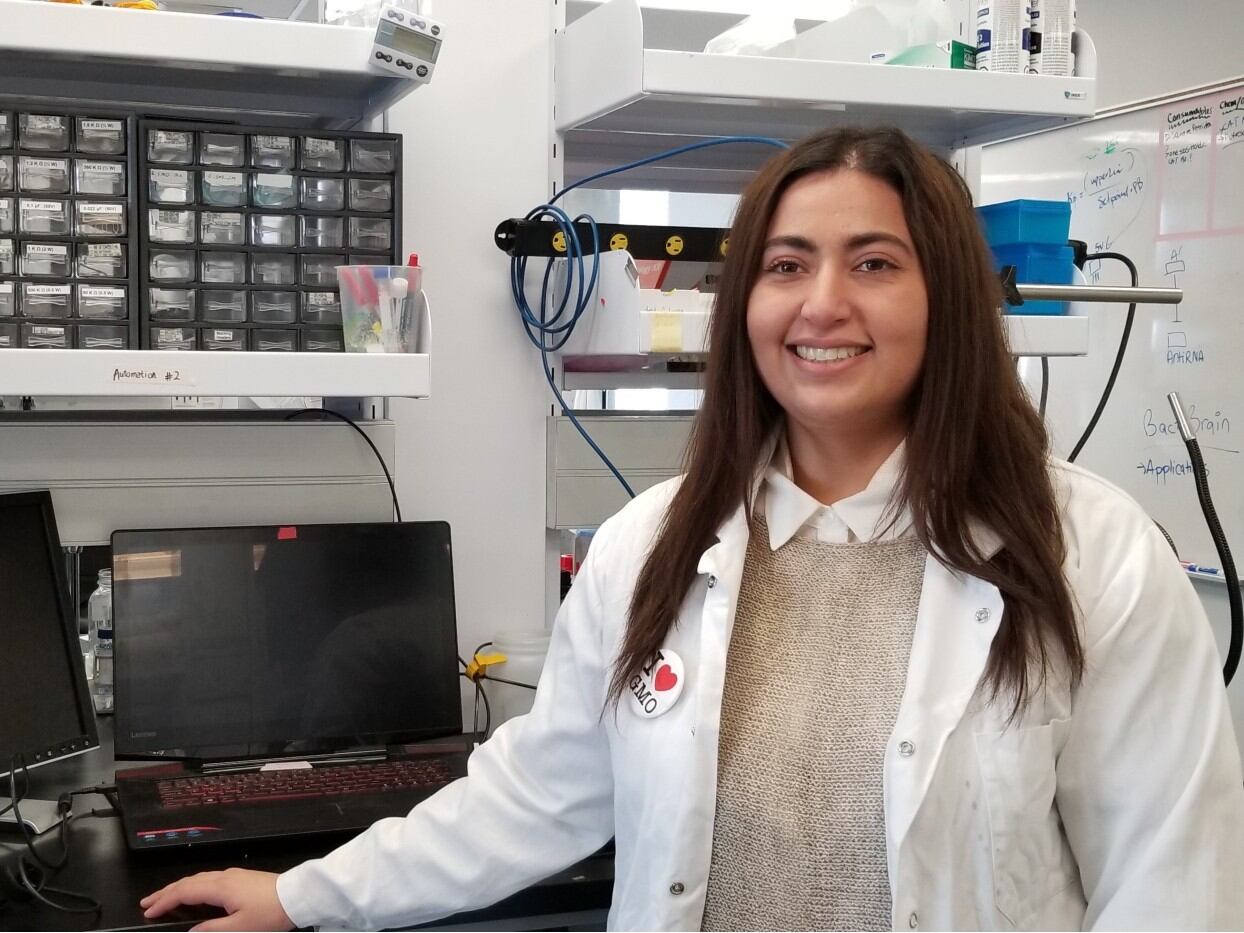Describing the rationale behind the biosensor, lead author Alaa Selim said: “Making a rapid, easy-to-use biosensor for people to check the quality of the food they are eating is empowering. We wanted to make a device that anyone could use, that is disposable and contained no toxic materials.”
The sensor works by identifying the presence of the toxin putrescine in beef via cell-based protein synthesis – proteins are produced using the ‘biological machinery’ of a cell without actually using the living cell.
Visibly see the toxin
By adding putrescine to this cell-based system, the researchers found they could visually see the toxin under UV light after an hour. After four hours, they were confident their readings were highly accurate.
Test were then made on pieces of beef kept in a freezer, in a refrigerator and at room temperature to see how much putrescine accumulated over the span of several days. The results from their biosensor to those of a high-tech chromatography used in food inspection were somewhat correlated.
Despite the success of these trials, the researchers warned that the biosensor won’t be commercially available any time soon.
Still a ways off
Steve Shih, Concordia University research chair in microfluidics for biology and chemical analysis added: “We believe our work is a first step toward using sensors in the meat preparation industry.
“In addition, we believe this type of sensing can be used for other fields like environmental sampling of heavy metal contamination and cancer and disease diagnostics.”
Selim’s co-authors include her former PhD student colleagues at the Shih Microfluidics Lab, James Perry, Mohamed Nasr and Jay Pimprikar, as well as Steve Shih, associate professor of electrical and computer engineering. The full research paper can be found in the journal Applied Bio Materials.


